Scientology and New Zealand
Bronwyn Rideout (June 6, 2023)
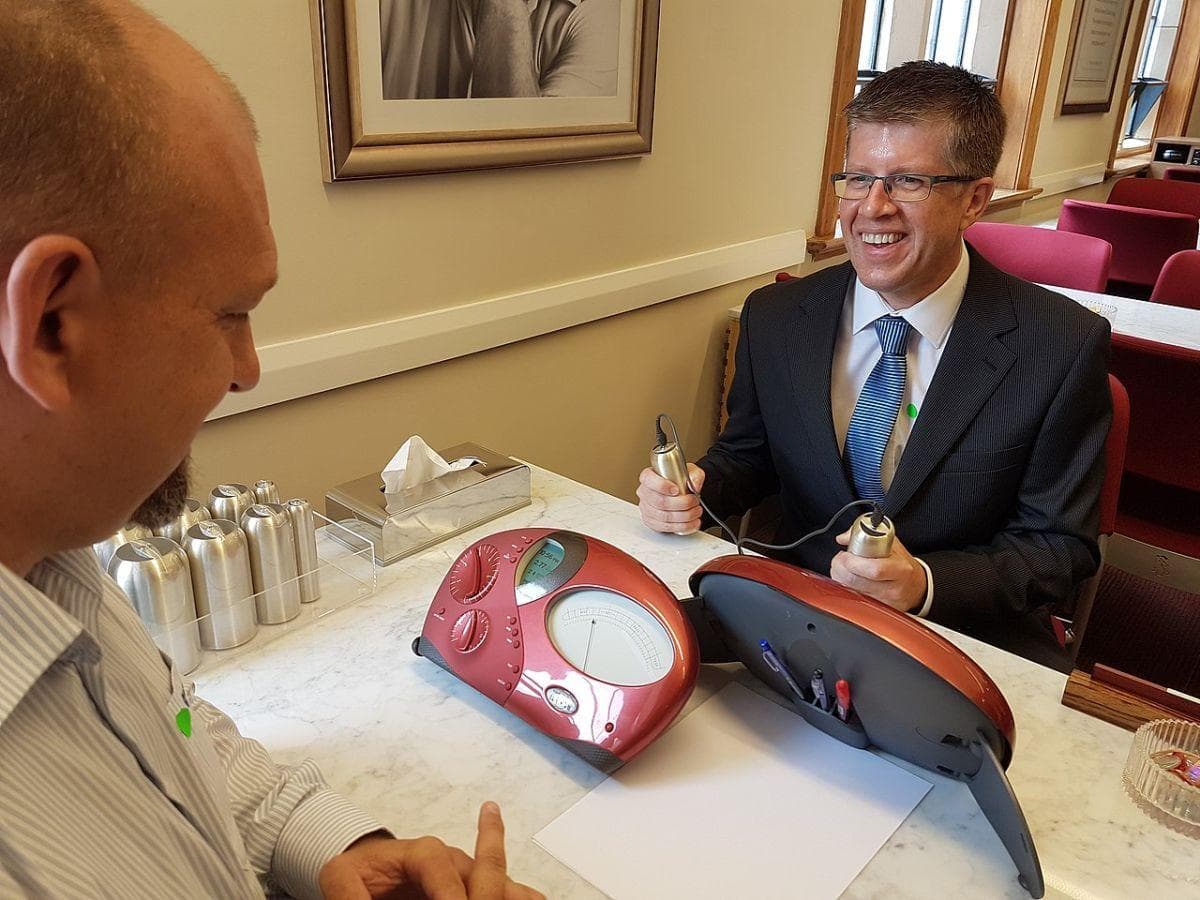
“An auditor and client using an E-Meter”, or the longest running stitch up in New Zealand History - you decide.
The Beginnings of Scientology: Organisational Flux
Throughout the 1940s, L. Ron Hubbard devoted his time to developing his own therapy system, which he called Dianetics. Dianetics was described back then as a mix of western technology and Oriental philosophy, which helped erase contents of the mind which interfered with one's ethics, happiness, and sanity. It was originally envisioned by Hubbard as a branch of psychology, until Hubbard became disgruntled by the negative response Psychiatrists and Psychologists had towards the practice. While Dianetics could be treated as a therapy distinct from the religion of the Church of Scientology, by 1951 Hubbard was simultaneously introducing concepts of the soul, aka Thetans, into both Scientology and Dianetics.
Prior to the incorporation of the Church of Scientology, there was the Hubbard Association of Scientologists (HAS) that was founded in 1952. It was renamed and re-incorporated as the Hubbard Association of Scientologists International (HASI) by September 1954 to include its non-profit status in the paperwork. The role of HASI was to manage all of the Scientology organisations, and to “to establish a religious fellowship and association for research into the spirit and the human soul and the use and dissemination [of Scientology materials]”. Once the church was incorporated, HASI became the membership organisation. Sitting alongside HASI was the Hubbard Communication Office, which served as Hubbard's own department within the organisation that issued missives and communiques from the “Commodore” (L. Ron Hubbard).
In the Fall of 1953, Hubbard became enamored with the idea of converting his secular organisation into a religious one. As Russell Miller commented in the book Bare-Faced Messiah, it made sense from a financial perspective due to the tax concessions involved. Hubbard incorporated three churches, The Church of American Science, The Church of Scientology, and the Church of Spiritual Engineering, but appears to have soon abandoned this particular structure. Instead, he urged his franchise holders in the US to convert their groups into churches. Between 1954 and 1956, Scientology churches popped up across the US and worldwide.
According to the Dumbleton-Powles Report, Scientology operated under at least 5 different names in NZ between 1955 and 1966:
- The Church of American Science Inc (1955-1960)
- Hubbard Association of Scientologists International Inc (1957-1967)
- Hubbard Association of Scientologists International Ltd (Incorporated in the UK, had a place of operations in NZ between 1962-1965)
- Hubbard Association of Scientologists International (Incorporated in the US and operated in NZ between 1965-1966)
- The Church of Scientology of California (Registered as an overseas company in NZ from 1966 onwards)
Against Hubbard's hopes, issues with tax authorities internationally were common, and it wasn't unusual for various Scientology groups to trade under non-scientology names, like “Hickstead Garage” in the UK. It is unclear whether the same applied in New Zealand, and was a rationale for the various name changes, or if the name changes represented the fairly speedy changes happening in the organisation as it went from secular to religious.
Scientology in NZ: Frank Turnbull
As David Farrier once noted, New Zealanders have practiced Scientology for almost as long as Scientology has been formalised, and Frank Turnbull was the man who made it all happen. In 1953, Turnbull was advertised to be the only qualified practitioner of Dianetics and Scientology in New Zealand. He offered his services out of the Auckland Dianetic Clinic, trained others in the pseudoscience of auditing, and claimed that they could deal with psychosomatic ills such as migraine, unreasonable fears, and Asthma. The dates of when Turnbull entered Hubbard's realm of influence is unclear. Farrier reports that it was in 1952 that Turnbull was introduced to Scientology. The Anderson Report, which investigated Scientology in Australia, states that Turnbull was teaching courses on Dianetics as early as 1950.
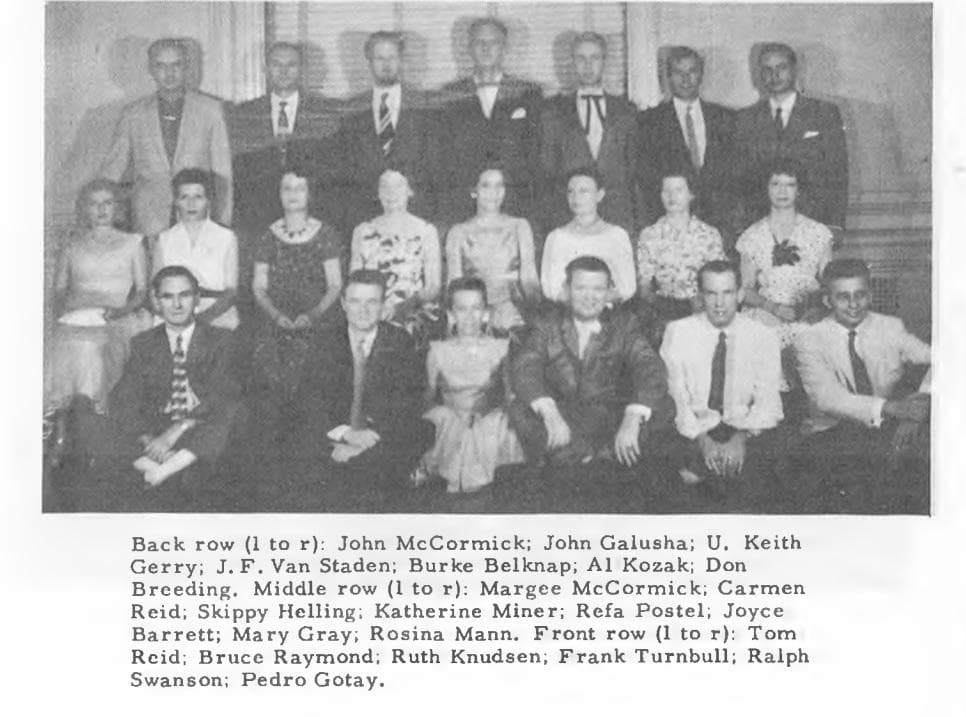
Frank Turnbull at the 18th HASI Advanced Clinical Course, 1957
It was during these early courses that Turnbull introduced Dianetics to another New Zealander, David Maxwell Tooley, who would go on to oversee HASI activities in Australia until Tooley's excommunication in 1959.
An examination of journals and newsletters published by Hubbard's Communication Office through the late 1950s, shows that Turnbull was given the occasional shout out. It was Turnbull who staked the claim for establishing the second Church of Scientology in the world and, to celebrate, their first official ceremony, held on March 13th, 1955, served as a double christening. In 1957, Turnbull was put in charge of all HASI activities in NZ, Australia, and Oceania.
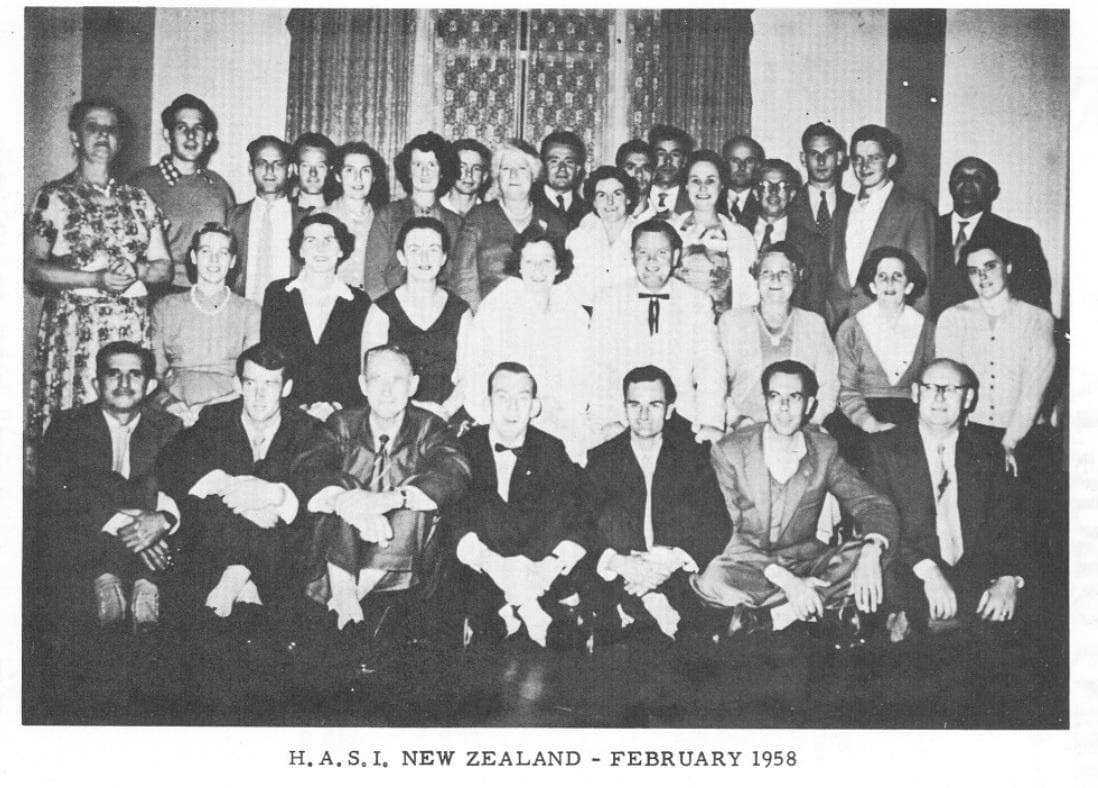
References to Turnball, or his wife Betty who served as HASI secretary, eventually become non-existant. This may be because their membership was booming, but there may have been something more sinister going on. Ex Scientologist David Mayo, who you will read more about later in this article, began working for the Hubbard Communication Office in 1959. Mayo had been hired by Betty, who was in charge of the Auckland HCO while Frank maintained his role as head of HASI. In an interview with Russell Miller, Mayo claims that Hubbard began sending him letters that expressed L. Ron's displeasure, as well as suspicions about the Turnbulls being communists and saboteurs. Over a series of handwritten letters, cables, and telegrams, Hubbard ordered Mayo to run a security check on Betty Turnbull, which Mayo duly did. Despite finding that Betty and Frank were trustworthy, Hubbard either fired them or they left of their own accord.
What happened to cause this discord is unclear. The Turnbulls are referenced in an old webpage outlining Scientology related deaths in New Zealand, and it is claimed that Betty was treated cruelly while on course at Saint Hill. Saint Hill served as the headquarters of Hubbard's organisation in the UK until 1967, and is now a “museum” to Hubbard's legacy. Back in the day it was the place for Scientologists to complete courses. According to the aforementioned website, Frank had complained about Betty's treatment, and someone on a Sea Org Mission stripped Frank of all his responsibilities (since the Sea Org was not founded until 1967, this could be a misremembering, or a fabrication or Mayo got his dates wrong). It is alleged that Turnbull had a heart attack soon after the event, and survived due to a heroic 9-hour auditing session, later finally succumbing to a second heart attack.
Dumbleton-Powles Report: A report with no teeth
1968 was an interesting period in the NZ news cycle for Scientology in NZ.
Two kiwi scientologists, Sandra Stevens and Bruce Gibson, were held in a British prison after being detained by immigration officers at Heathrow on June 22nd. The duo were heading to complete a course at Saint Hill, but officers had doubts that the pair were genuine students, and thought that instead they were entering the country to work at the Manor. They were arrested when they refused to leave the UK, but were eventually cleared of charges and allowed to remain and complete their studies in early July that same year.
On June 28th, 1968 a petition signed by 716 New Zealanders was presented to Parliament requesting a board of inquiry into the activities of what was then called the Hubbard Association of Scientology in New Zealand. The petition was accepted, and on November 8th Parliament called for an inquiry.
On July 31st Mr. and Mrs. F. P. O'Donnell, who presented the petition, went to press with assertions that their two children, 19-year-old Kathleen and 18-year-old Noel, had gone missing after traveling to Australia to study Scientology. However by October 23rd, both children fired back at their parents via the Parliamentary Select Committee which was considering the petition. Kathleen and Noel state that they were treated poorly by their parents, and that Mr. O'Donnell would hit his children with rubber hoses and electrical wire flex. The estranged daughter would briefly visit, but not reconcile with her parents, in February 1969. Kathleen added to her accusations that her parents had withdrawn their consent for her marriage on the day of the ceremony; Kathleen and her fiance then left for Sydney, and had a bit of a whirlwind journey trying to get married in Europe while working for Sea Org.
On August 7th, kiwi Scientologists put forward their own petition asking the government to launch a public inquiry into “that practice known as psychiatry”. This petition was able to collect 1000 signatures.
On September 24th, 1968, the owner of a stamp company in Auckland's Queen's Arcade received a letter from the local Scientology branch declaring him a suppressive person, along with multiple pieces of paper from Scientologists stating that they were disconnecting from the store owner. Tenants in Queen's Arcade had lost business when their clients were harangued by Scientologists to do an IQ test.
On October 24th, the former Deputy Mayor of Ellerslie, Mr. B. Roundhill, claimed that he was voted out of office because of his adherence to Scientology. Roundhill planned to form a committee to find out who started a campaign of rumours against him.
On January 29th, 1969, records containing information on people trained locally in Scientology were burned by Lady Hort and other office and senior staff of NZ Scientology. Not wanting to have to present the documents at the inquiry, Hort burned the files instead, but not before letting members of the Press have a look at random files. MPs were sent a telegram invite to inspect the students' files before they were destroyed. Whether actual files were destroyed, or it was just an act, is up for speculation.
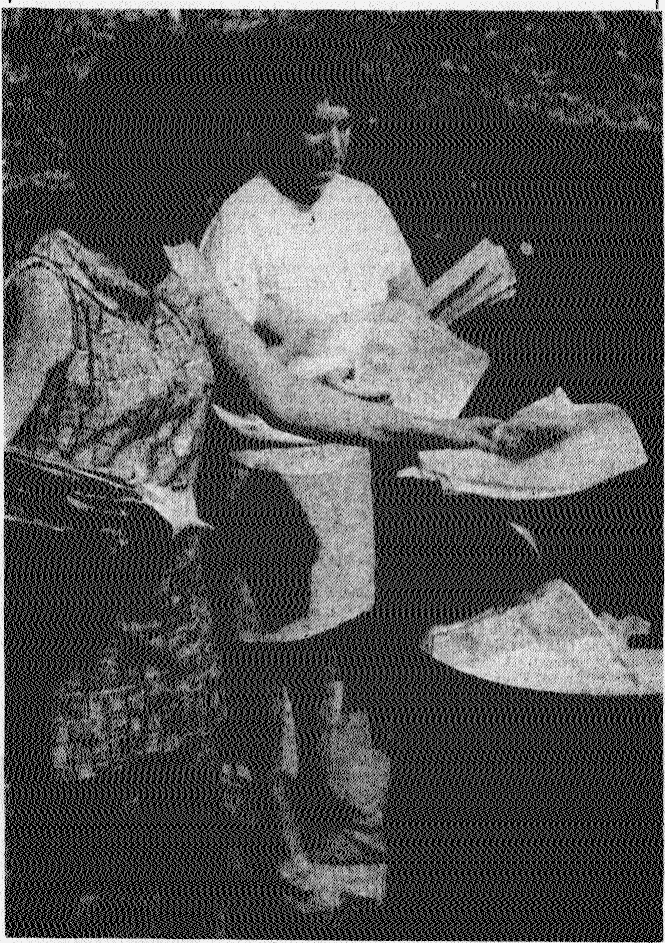
The Church of Scientology destroyed about 300 files in a garden incinerator at 9 Leighton Street, Grey Lynn, yesterday afternoon, according to a Press Association message from Auckland. Shown above are Lady Hort and Miss Shervell.
Lady Joan Hort was titled as the assistant guardian of the Church of Scientology in New Zealand, and was the wife of Dr. Sir James Fenton Hort, 8th Baronet. Sir Hort owned a general practice in Takapuna, and in 1968 sent letters to Christchurch and Auckland doctors denigrating psychiatrists. Both Lady Hort and her husband would represent Scientology at the upcoming inquiry.
The Commission of Inquiry into Hubbard Scientology Organisation in New Zealand commenced in March, 1969. It was led by Sir Guy Richardson Powles and E. V. Dumbleton. However, the Commission was only interested in cases where Scientology led to the estrangement of families, control of persons under 21, or pressure being placed on ex-members or others by Scientology. What was surprising were claims that the NZ franchise did not keep records on the numbers cleared through auditing, and that it paid 10% of its income into an account for the international organisation.
In their final recommendations, some shade was thrown at Sir Hort for his narrow field of evidence and his inability to speak with authority as someone supposedly familiar with the organisation. Lady Hort was acknowledged as being the more important of the pair, but there were still gaps in her knowledge, having only become a Scientology staff member in 1966, since when she had been away from New Zealand on a Scientology course between November 1967 and July 1968.
The Commission concluded that there was clear proof that the practices of Scientology did contribute to estrangements, and that the group actively contemplated interference to induce disconnection. However, due to promises made by Hubbard that the practice of disconnection was not being reintroduced, the Commission saw no need for amendment to existing legislation, and simply recommended that no issuing of Suppressive Person or Declaration of Enemy orders be delivered. The Commission also found that Scientology did affect the custody on control of children under 21, and recommended that no auditing or training be conducted with anyone under the age of 21 without written consent of both parents.
With regards to the matter about improper or unreasonable pressures, the Commission thought that general protection offered by defamation and blackmail laws were currently sufficient, unless Scientology returned to their old practices, thereby necessitating legislative action.
In the final line of the report's conclusion, it was written: If Scientology in New Zealand has regard to these rules of practice no further occasion for Government or public alarm should arise in respect of those of its manifestations with which this inquiry was concerned.
And we all know how that has turned out.
Sir James and Lady Hort left New Zealand not long after the Inquiry, in December 1969. They sold his medical practice, and their house, to return to England. Sir Hort would go on to complete advanced courses, while Lady Hort would finish a five month course in executive management in Scientology. However their arrival caused something of a silly stir, as they were the first senior members of the group to be admitted to Britain after the government ban in July 1968; the silliness comes from the fact that Sir Hort was a British citizen, thus could not be banned from entering the UK. Once back in the UK, Lady Hort would eventually become a trustee of known Scientology private school, Greenfields, located near Scientology's East Grinstead headquarters.
David Mayo: Long Knives come for the Tall Poppy
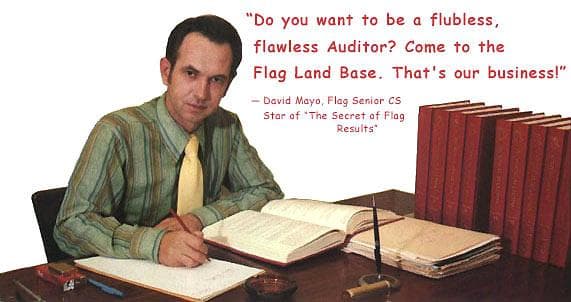
Dave Mayo was born on November 19th, 1940 in Taumarunui, New Zealand, and at one point was the second most powerful man in Scientology. He was introduced to theosophy and dianetics by one of his high school teachers, and joined the Auckland organisation under Betty Turnbull in 1959 when he was 19-years-old.
In 1962 Mayo went to Saint Hill to do a briefing course, where he not only met Hubbard for the first time, but also the woman who would go on to be his first wife, Merrill. With the exception of a return to Saint Hill in 1965, Mayo stayed in Auckland through to 1967, when he transferred to the Sea Org in January 1968.
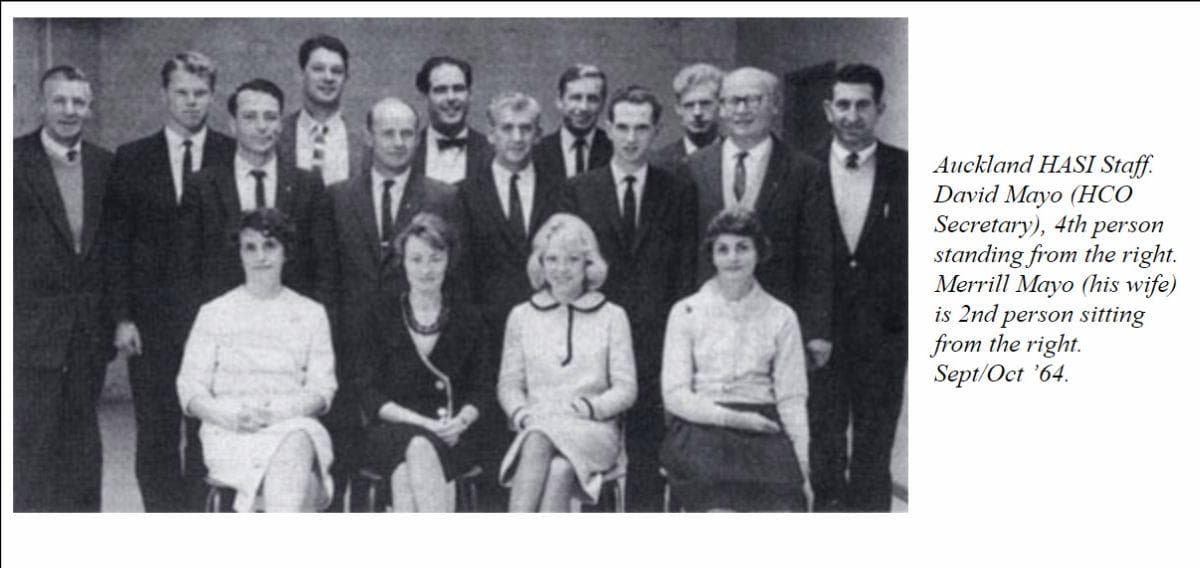
Auckland HASI with David Mayo (4th from the right) and wife Merrill (2nd from the right)
Mayo would be on and off with the Sea Org through the early 70s, and worked one-on-one with Hubbard in research, case supervising Hubbard's own auditing. When Sea Org moved to land, Mayo moved to Clearwater and worked there as a senior case supervisor, becoming a high-tier auditor until dramatic events in 1978.
Amidst worsening health, increasing reclusive behaviour, and mounting legal troubles, Hubbard experienced his second pulmonary embolism while producing a Scientology film. With his onsite medical staff too afraid to transfer him, Hubbard demanded that Mayo be flown from Florida to California to conduct an emergency audit. Mayo was tasked with examining Hubbard's files and determining what was wrong. Mayo commenced auditing Hubbard directly, and eventually Hubbard improved. While Hubbard was grateful, Mayo felt a bit heretical, as he not only found errors in the auditing process, but also in the current doctrine around operating thetans, especially at OT III. Oddly, Mayo started becoming a skeptic, but not about Scientology, rather one of Hubbard. How could the founder of this group not know these things?
Mayo's suggestions lead to the creation of New Era Dianetics for Operating Thetans, and millions of dollars of profit. Basically, Mayo rebuilt the Bridge that is the bread and butter of Scientology and, surprisingly, given what happened, is still used by the church today. However, Marty Rathbun, an ex-senior Scientologist who also hits out at critics of Scientology, begs to differ when it comes to what he calls the ‘Mayo Myth', which can be read here.
That didn't stop Mayo from taking on a full time job with Hubbard in California as the Senior Case Supervisor International. His role was to study, research, correct, and possibly replace existing OT levels, as well as develop new ones. This expansion of responsibility only deepened Mayo's skepticism. Nevertheless, Hubbard and Mayo developed the upper OT levels of 5, 6, and 7. In April 1982, in a rare moment of prescience, Hubbard predicted that he was going to die within five years, and appointed Mayo as his successor responsible for the technology of Scientology for the next 20 to 25 years, while Hubbard's soul looked for a new body.
Unfortunately for Mayo, a young David Miscavige was making his own moves within Scientology. He restructured the organisation and ousted many long-term Scientology leaders and stalwarts. By August 1982, Mayo, members of his staff, and several others, were removed from their positions and detained at a Scientology compound in Gilman Hot Springs, California, and then moved to an Indian Reservation called Happy Valley. Although the detainees were not prevented from leaving, they were under the watch of guards, and anyone who did leave would be deemed a suppressive person, denied readmittance to any Scientology congregation, and excommunicated. Those who didn't leave right away were subjected to a Committee of Evidence, a Scientology interpretation of a trial. The committee considered a charge against Mayo for sexual or sexually perverted conduct, but were not able to substantiate it. If Mayo and his fellow defendants recanted, they wouldn't be excommunicated, but their certifications would have been canceled; for Mayo and then-wife Merrill, this was a loss of at least 4 years of full-time training.
During his imprisonment, Mayo and the other inmates were forced to run around a tree or a pole for several hours in the sun. Mayo had to run around the pole separately from the others because he was seen as such a toxic influence. Maybe this is true kiwi ingenuity, but because the runners were only assigned one guard, Mayo and the tree runners would take turns not running and force the guard to go and goad them back into action. Jokes aside, Mayo alleges that the experience had a deleterious impact on his health, including the loss of 6 teeth.
Mayo eventually decided to throw in the towel and leave Happy Valley, and Scientology, in February 1983. It wasn't long before he, like many other suddenly cast-off Scientology die-hards, founded his own Scientology spinoff called the Advance Ability Center (AAC) in Santa Barbara. Where Mayo once charged $1000 per hour for his services, AAC charged a fifth of that. Scientology didn't take kindly to this, and issued repeated missives that slandered Mayo and harassed him and other independent Scientology centres. The attacks against Mayo did have a particular personal edge to them. Mayo is remembered as being a fair guy who genuinely believed in the tech of Scientology; for the church to label him as a Suppressive person (SP) actually did damage to Hubbard's reputation, because what was Hubbard playing at if he couldn't identify an SP sitting next to him.
The final nail in the AAC coffin was an injunction issued in November 1985, ordering Mayo to not use or distribute any of the OT levels beyond OT3. David would divorce Merrill and remarry to Julie Gillespie in 1993. This effectively put AAC out of business.
In 1994 it is alleged that the Church made a call to INTERPOL, claiming that Mayo had destroyed millions of dollars in Scientology property. Mayo was in Santo Domingo at the time and was arrested by Dominican police. He spent 24 hours in a prison cell, before being released without charges when a police search did not find drugs or firearms. David laid out in a longer post that the harassment continued through to 1995, and eventually drove them out of the Dominican.
A 1996 court settlement coincided with a permanent quiet period for David and Julie. They returned to New Zealand in 2002, and remained there until he died in 2017.
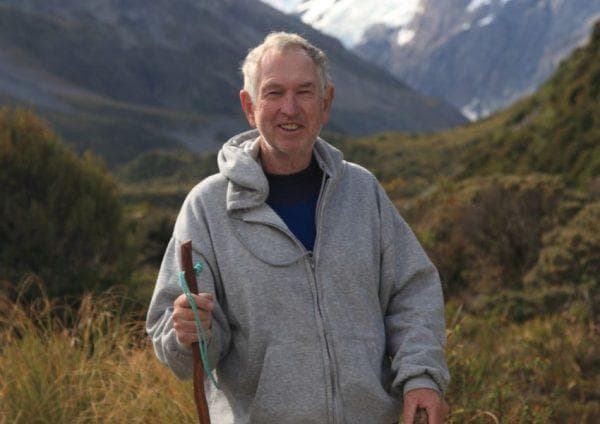
David Mayo
Next week I will investigate Christchurch's own Scientology offshoot, Zenith Applied Philosophy (ZAP).